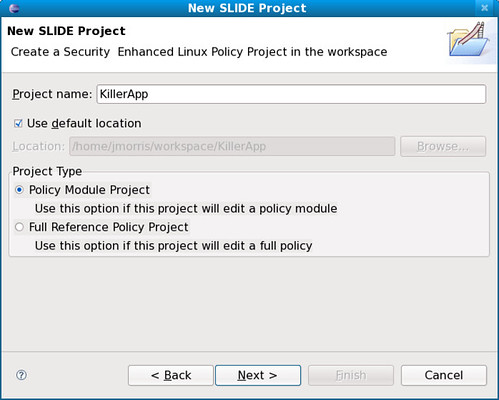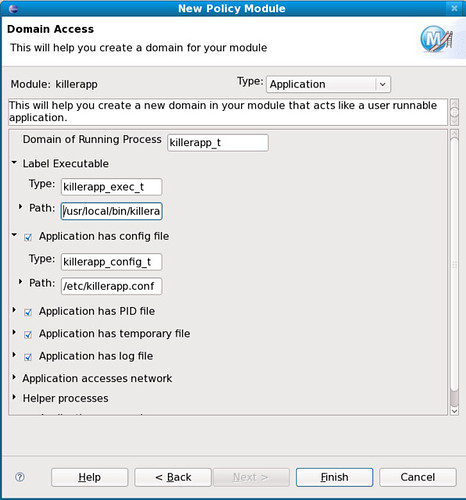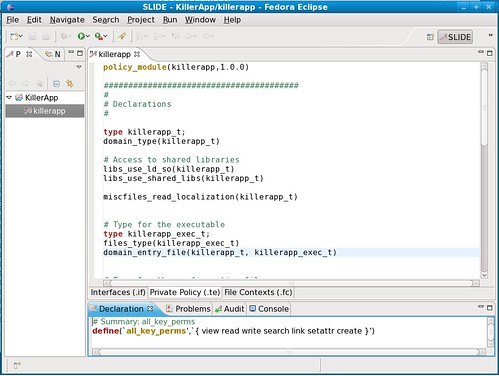Dave Quigley has just submitted an Internet Draft to the IETF outlining the requirements for Labeled NFS:
MAC Security Label Requirements for NFSv4 (link)
Abstract
This Internet-Draft outlines high-level requirements for the
integration of flexible Mandatory Access Control (MAC) functionality
into NFSv4.1 . It describes the level of protections that should be
provided over protocol components and the basic structure of the
proposed system. It also gives a brief explanation of what kinds of
protections MAC systems offer and why existing NFSv4 protection
mechanisms are not sufficient.
This draft is a generalization the original Security Enhanced NFS document posted last year, addressing the general need for mandatory access control support in NFS.
NFSv4 currently supports two access control schemes: standard DAC and ACLs. MAC labeling support is required for technologies such as SELinux and OpenSolaris FMAC.
Essentially what’s needed is a way to convey MAC labels over the wire (for both setting and retrieving their values), and to be able to enforce security policy using those labels. The server needs to be able to determine the security label of the remote client process when enforcing policy, and all systems need to be able to ensure they understand each other’s labels, or be able to translate them. A “Domain of Interpretation” (DOI) attribute is used to determine the meaning of labels, a term which may be familiar to those who’ve braved the IPsec specifications. The confidentiality and integrity of these security attributes must be protected in transit, while all parties need to be authenticated. We also need to be able to handle the case where either the client or server does not have MAC enabled, and to ensure non-breakage with existing implementations. There’s a lot more in the details, but that’s the gist of it.
It may seem at first glance that NFSv4 named attributes (NAs) would provide the required labeling functionality, but they’re not a good fit. NAs are specifed as opaque to the system and user-managed, while MAC security labels are managed by the system. NAs also do not provide necessary semantics such as conveying client security attributes or negotiation of DOI. There are also issues with attribute namespaces (which are user-managed and unspecified) and labeling atomicity. Another possible approach is to implement Linux/BSD-style extended attributes (EAs), which are simple text string attributes associated with files, in contrast with the NA “subfile” scheme. This would potentially only solve the attribute namespace issue, and is also not a good general solution. EAs are also not currently part of the NFSv4 specification, and it seems like a contentious area in any case.
The current Labeled NFS prototype code utilizes NFSv4 recommended attributes (RAs), which are fully extensible, already exist, and are already used for similar management of metadata (e.g. ACLs). This seems to be the simplest and most straightforward approach.
Once there’s consensus on the requirements, the next step will be to develop a protocol specification and hopefully have it incorporated into NFSv4. v4.1 is currently in “last call”, so the next candidate would be v4.2, it seems. The prototype code for Linux/SELinux will continue to be developed alongside the standards process.
For those interested in following or contributing to the project, there are several relevant mailing lists:
Dave is hoping to have further discussion IETF 72 in July, and will be presenting on the state of the project at the SELinux Developer Summit ahead of that.



